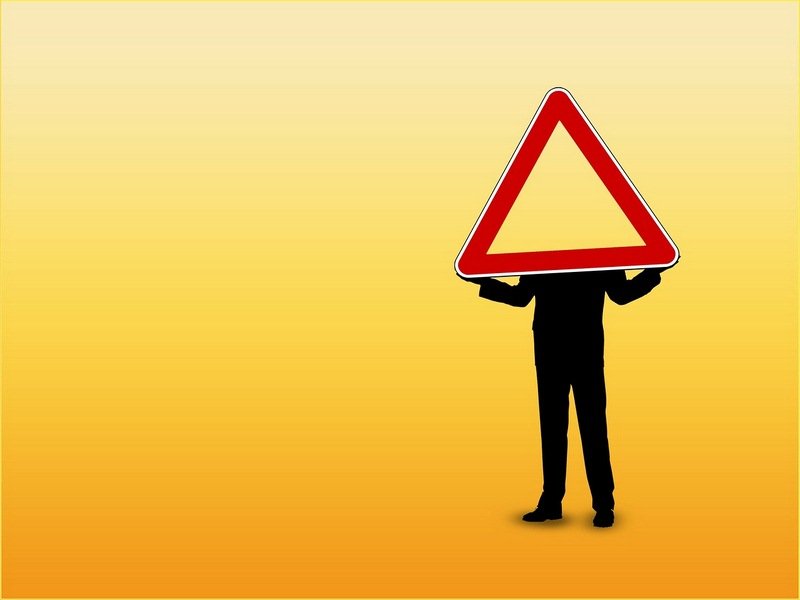Table of Contents Show
A safe workplace is a productive workplace. For this and a variety of other reasons, it is important that employees and workers are always outfitted with a complete set of personal protective equipment from eyewear to safety footwear.
This, of course, is done to help ensure that workers are given at least some amount of protection from injury on the off chance that they find themselves in a dangerous situation.
However, workplace safety is not just about personal protective equipment. Part of making sure your workplace stays safe is communicating important warnings and instructions to your workers in a way that can be quickly understood and put into action. And one of the best ways to do this is through the use of safety signage.

From the perspective of the common civilian, we are probably already quite aware of the meanings and functions of the many safety signs we see in our everyday lives. Because of how often we see safety signs while out and about, we tend to not really pay attention to them during the times when we need to – the most common of those times being while at work.
A more thorough understanding of the thought that goes into the design of workplace safety signage and how they communicate information to you may help you better appreciate these messages as you encounter them both inside and outside of the workplace.
Read Also:
AS 1319:1994 – The Safety Sign Standard
The design of all workplace safety signs Australia is regulated and enforced by the rules detailed in Australian Standard (commonly shortened to AS) 1393:1994, which defines all of the specifications of these signs from design to colours, shape, size and scale, as well as the choice and uniformity of the symbols and text on the sign.
Before we go into a more in-depth description of the common safety signs you may see in your workplace, we have a pretty useful tip that will help you to more easily understand the reasoning behind the design choices of these safety signs. The idea is that each safety sign is designed to convey a certain sort of information – such as a warning, a mandatory instruction, or a prohibition.
It is these categories of information that also help categorise the design of workplace safety signs, and these easy to see and easy to remember designs can be used to help you identify the kind of information a sign is even if you can’t see the symbol or text written on it.
With this in mind, let us now go through the common workplace safety signs.
Warning Signs
These signs inform employees who see it that a certain area contains a hazard that is not necessarily life-threatening, such as a slippery floor, a flammable substance, or the use of heavy equipment in the area. These signs have a black symbol and triangular border set against a yellow background, with supporting text placed below the triangle.
Emergency Signs
These signs inform employees that a certain area contains objects that can be used in the event of an emergency, such as first aid kits or directions to fire exits. These signs are designed with white symbols set against a green background.
Fire Safety Signs
These signs inform employees of the availability of fire alarms or firefighting equipment such as fire hoses and fire extinguishers. These signs are designed with white symbols and text set against a red background.
Danger Signs
These signs indicate to employees that the area contains a hazard that can be potentially life-threatening. These signs are designed with the word “Danger” in the white font set in a red oval, which itself is set inside a black rectangle. Supporting text is written in black and set against a white background.
Prohibition Signs
These signs inform employees that a certain action is not allowed in the area. Symbols for these prohibited actions or objects are drawn in black against a white background and are set behind a red crossed-out circle.
Mandatory Signs
These signs instruct employees to perform certain actions before entering a certain area, such as putting on protective eyewear, masks, or other equipment. These signs have white text and symbols set against a blue background.
Additional Thoughts
Although we are reminded many times to always heed the safety signs we see throughout the workplace, it is these same rules and regulations that we take for granted the most often. Having to hear the same workplace safety regulations over and over can get very boring very quickly, which can lead to one becoming less attentive to these messages.
As an employee, always keep in mind that putting the future of your career – or, more importantly, your life – on the line is not worth breaking a safety rule for. Always make sure to follow the safety rules and regulations set forth by your company and always wear the right clothes and personal protective equipment while at work.
If you are a supervisor or employer at a workplace, we understand that it can be disheartening or even irritating to see employees not following safety guidelines, and this behaviour might lead you to think that having safety signage in your workplace is not important anymore.
This line of thinking, however, cannot be further from the truth. Besides the laws that require you to do so, having the appropriate safety signage around the workplace does actually have a positive impact on worker safety, and can actually save lives more often than you might expect.









